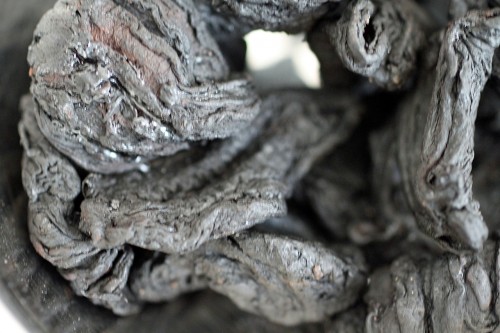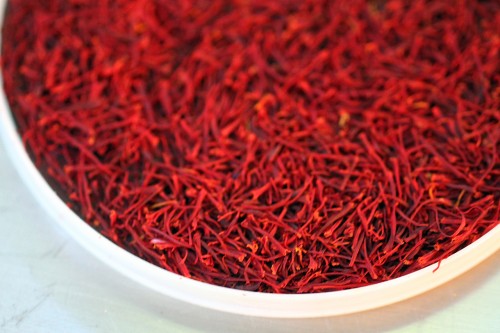Unique Citrus in NYC
We are smack dab in the middle of citrus season, and, yesterday, I came across a few different types that I had never eaten, cooked with, possibly seen before! One, called the Buddha’s hand, is not in this picture because it was $30 per lb (basically for the single fruit), and I couldn’t bring myself to spend that slash I would rather spend that on something that will last longer – say, truffle oil and some beauty products….It’s worth checking out though just for its grotesquely interesting shape and the fact that it’s used to make citron vodka. So the citrus I ended up actually buying are pictured above and are Rangpur limes and mandarinquats.
I went all in and just bit into the Rangpur lime, which is lime in name only and is the larger rounder fruit. Not necessarily the wisest thing to do, BUT I got a full sense of the flavor – super sour in a bright lemony way with a honeyed sweetness and perfume. The fruit is actually a cross between a mandarin and a lemon, so, at least, my taste suspicions were confirmed (that’s exactly what it tastes like though with the lemon predominating).
The mandarinquat flesh was also shockingly sour. As the name implies, this one is a cross between a mandarin and a kumquat and has that signature bell shape. I grew up with a kumquat tree in the backyard and have many happy memories of illicit tree-climbing (eschewing the “fall and break your head” adage) and kumquat-eating to my heart’s content. Here, the peel is eaten with the flesh and sweetens it up quite a bit. In fact, the peel has a sweet spice-like quality where the flesh resembles a sour orange.
When I think of cooking with either of these, my mind straight away goes to cocktails! The thought of a Pisco sour using a Rangpur lime sounds just about right, or candying the peel of the mandarinquat and using the peel and syrup in a simple vodka-based drink. Of course, both of these would be beautiful in desserts, as a riff on lemon meringue pie or a fruit mousse. I think I would just pour that syrup and candied mandarinquat peel on vanilla ice cream for my very own creamsicle and call it a day. Thoughts?
















